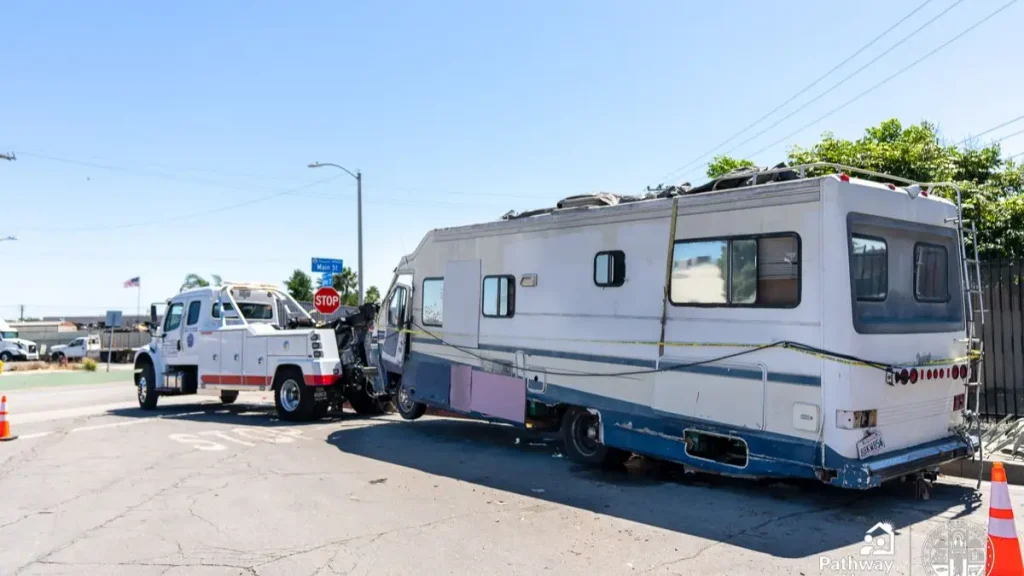Earthquake Home Safety: 10 Proven Steps to Protect Your Family & Property
I live in a place that doesn’t usually make headlines for earthquakes. But one morning, a mild tremor rattled my windows and shook my confidence. A bookshelf swayed. A picture frame crashed to the floor. It lasted only a few seconds, but it changed how I thought about safety at home.
Most people in the U.S. assume earthquakes are just a West Coast concern. California, maybe Alaska. But the reality is much broader. Quakes have struck in places like Missouri, Utah, South Carolina, even New York. The risk is real—and it’s growing.
And yet, most of us haven’t taken the time to ask a simple question:
Is my home actually prepared for an earthquake?
The truth is, many homes—especially older ones—weren’t built with seismic safety in mind. And when the shaking starts, it’s not about gear or apps. It’s about what you did beforehand.
This isn’t just another checklist of earthquake home safety tips. It’s a practical guide to making your home stronger, safer, and ready before the next quake hits.
Because once the ground moves, hope won’t help. Action will.
1. Assess Your Home’s Risk Zones
Before you can earthquake-proof your home, you need to understand where it’s most vulnerable. It’s like going to the doctor—diagnosis comes before treatment.
Start by looking at your home’s structure. Is it older than the 1980s? Was it built before your state updated seismic building codes? Many U.S. homes—especially in moderate-risk zones—weren’t designed with earthquakes in mind.
Look for red flags like:
- Unreinforced masonry walls
- Cripple walls in crawlspaces (especially in older homes)
- Heavy ceiling fixtures or decorative beams
- Chimneys made of brick without steel reinforcements
Also, pay attention to the layout. Open floor plans with minimal walls might look great, but can reduce structural integrity during strong shaking.
If you rent or aren’t sure about your home’s construction, consider getting a seismic retrofit evaluation from a licensed inspector in your state.
Refer to FEMA and Ready.gov for detailed home assessment checklists
You can’t fix what you haven’t identified. Knowing where your home is weakest helps you create a focused, budget-friendly safety plan.
2. Bolt and Brace Heavy Furniture
Here’s what people don’t realize until it’s too late: in most earthquake-related injuries, it’s not the quake itself—it’s the stuff that falls.
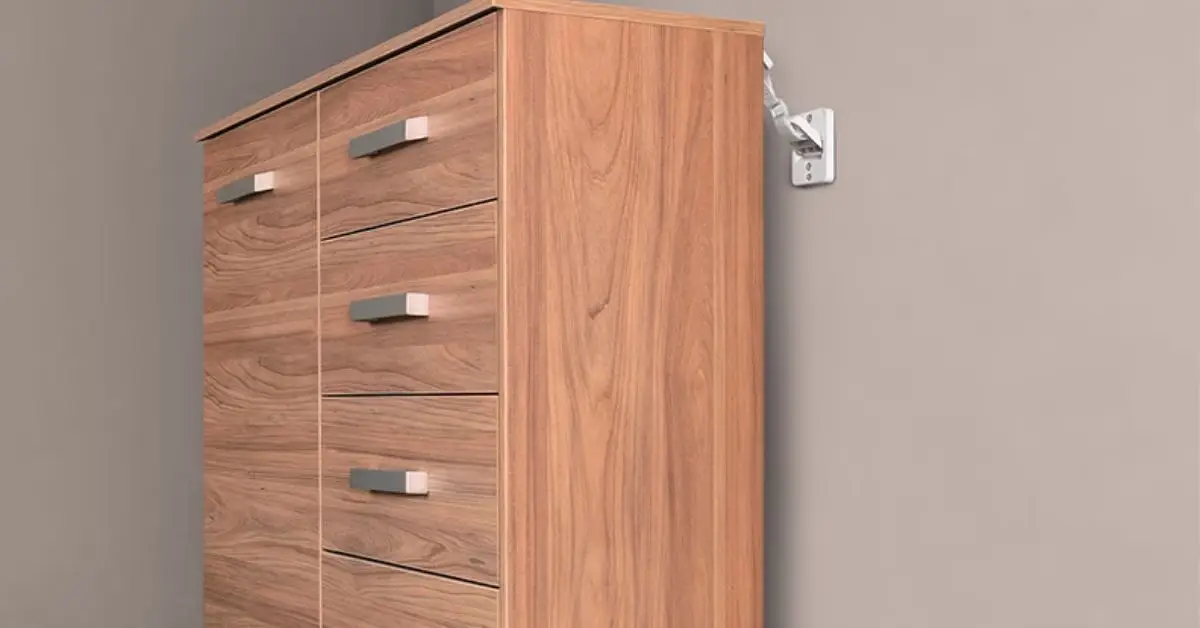
Tall bookshelves, heavy cabinets, unanchored TVs, even stacked decor—these can turn deadly in seconds. The fix is simple and affordable.
What to secure first:
- Bookshelves and cabinets: Anchor with L-brackets or furniture straps
- Tall appliances (like refrigerators): Use anti-tip kits
- TVs and monitors: Use low-profile safety straps or wall mounts
- Art, mirrors, and frames: Hang with closed-loop hooks, not nails
Move heavy items (like flower pots or kitchen gadgets) to lower shelves. And never store anything heavy above a bed or couch.
If you want a visual checklist, you’ll find dozens of shareable tips from state agencies like PreparedBC.
Example tweet-style line:
Secure tall furniture to the wall. Don’t wait for a shake to make it safe. Most indoor injuries come from falling objects, not collapsing buildings. Bracing furniture is one of the fastest, cheapest ways to make your home safer—starting today.
3. Secure Fragile Items & Wall Hangings
You might not think twice about that mirror above your couch, but in a quake, it can become a sheet of glass flying through the room.
Anything that’s framed, glass, or breakable deserves a second look.
Here’s what to do:
- Remove heavy art or mirrors from over beds and sofas.
- Use locking hooks or closed-loop hangers instead of nails.
- For small breakables (vases, lamps, collectibles), use quake putty or museum gel to keep them in place.
These simple tweaks could prevent serious cuts or injuries—especially in bedrooms where you’re most vulnerable.
Falling glass and artwork often cause the most preventable injuries. You shouldn’t have to dodge your decor during a quake.
4. Protect Major Appliances & Electronics
A refrigerator tipping over isn’t just expensive—it’s dangerous. Worse, a gas water heater coming loose can spark a fire or leak.
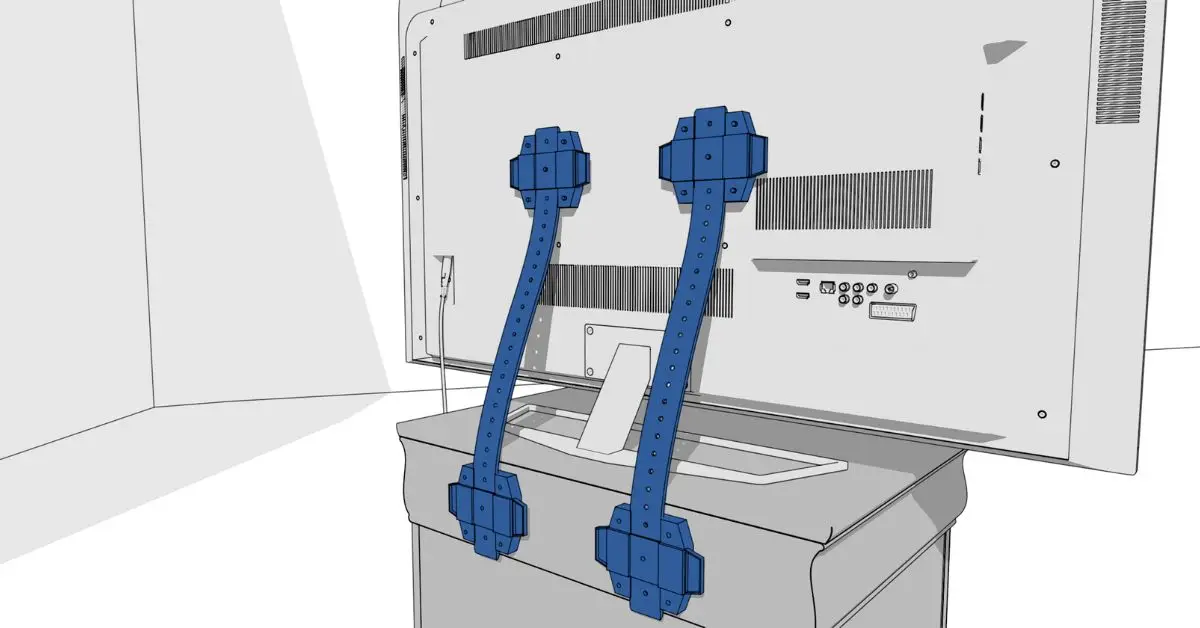
Big, heavy appliances and electronics need anchoring too.
What to secure:
- Refrigerators, washers, dryers: Use wall straps or anti-tip kits.
- Water heaters: Strap them securely and check local seismic bracing codes.
- TVs and monitors: Use wall mounts or anti-slide pads.
- Desktops or audio systems: Place on low, stable furniture—never on top-heavy stands.
Also check that gas lines have flexible connectors, which are less likely to snap.
Even a small quake can knock over large appliances, increasing the risk of fire, electrocution, or gas leaks.
5. Know and Practice Safe Zones & “Drop, Cover, Hold On”
When the ground starts shaking, instinct kicks in—but instinct isn’t always right. That’s why practicing the right moves matters.
The protocol is simple:
- Drop to your hands and knees.
- Cover your head and neck—under a sturdy table if possible.
- Hold On until the shaking stops.
Avoid kitchens (too many falling objects), windows (glass), and doorframes (they’re not as safe as people think). If you’re in bed, stay put and protect your head with a pillow. In a wheelchair? Lock the wheels and cover your head. Outside? Move away from buildings, signs, and power lines.
Their Earthquake Safety Checklist includes specific tips for seniors, children, and people with disabilities.
Knowing what to do during a quake isn’t just about staying calm. It directly lowers your risk of injury. And if you’ve practiced before, your body will remember even if your brain panics.
6. Prepare an Emergency Kit & Communication Plan
In the hours after a major earthquake, power, water, and phone service might be down. That’s why planning ahead isn’t optional—it’s essential.
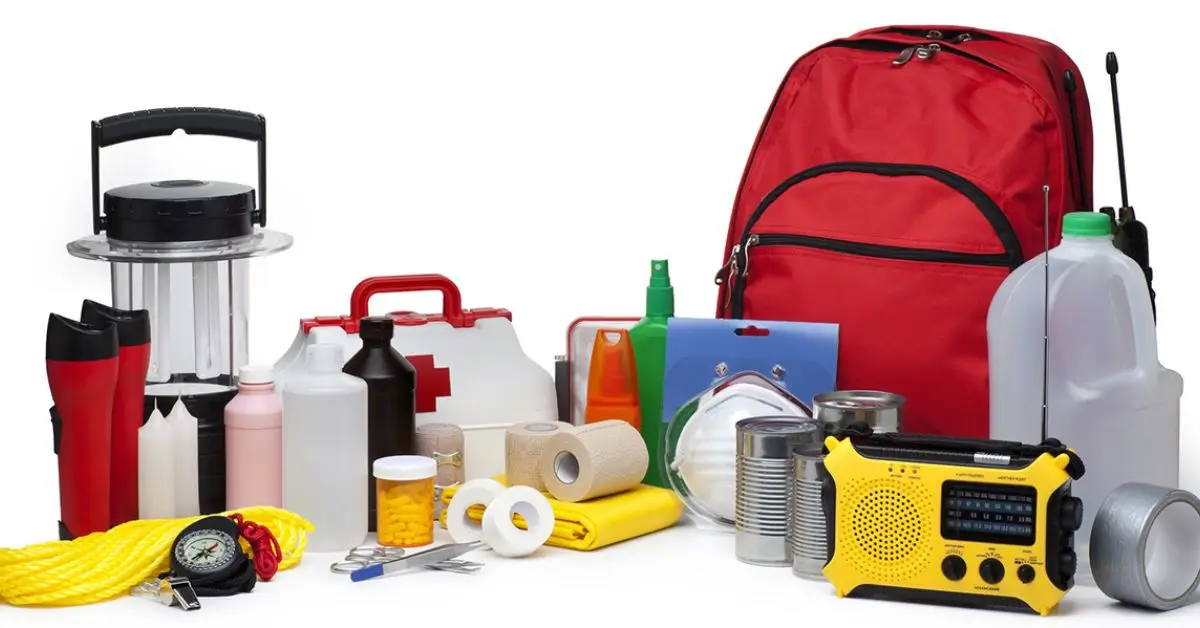
Every emergency kit should include:
- At least three days of water per person
- Non-perishable food
- Essential medications
- Flashlight and extra batteries
- A battery-powered radio
- Phone power banks
- Copies of important documents, some cash, and sanitation supplies
Don’t forget to include specific items for infants, seniors, or pets. If you live in an area prone to multiple natural disasters, like earthquakes or heavy rains, make sure your kit is versatile. Here’s a guide on what to do if your house gets flooded — the steps often overlap with earthquake readiness. But even a perfect kit is only half the equation—communication can fail too. When networks jam, texting or posting simple updates works better than phone calls. Agree on one out-of-state contact that everyone checks in with.
Once the shaking stops, survival depends on what you’ve already prepared. Kits and communication plans save lives.
7. Retrofit & Structural Strengthening
You can secure your bookshelf, but if your house itself can’t take a hit, it won’t be enough.
For older homes or buildings in high-risk zones, retrofitting is one of the most powerful forms of protection:
- Bolt your home to the foundation
- Add shear walls in weak areas
- Reinforce brick chimneys or stone facades
- Connect roof, walls, and floor systems with steel brackets
Cities like San Francisco and Los Angeles have promoted such upgrades after seeing the damage firsthand. Investing in retrofitting doesn’t just help with earthquakes. Many of the same safety principles—like using fire-resistant materials and sealing exterior gaps—also apply when wildfire-proofing your home. Even in Japan—where earthquakes are frequent—better building codes and retrofitting have proven to drastically lower casualties.
You can explore the basics of these methods in the USGS Earthquake Building Design guide.
A well-stocked home is no use if the structure collapses. Retrofitting is your long-term defense.
8. Educate Family & Drill Regularly
This is where theory becomes action.
Earthquakes are sudden, fast, and terrifying. But when your family knows what to do without thinking, panic doesn’t take over. Practice makes that possible.
Schedule drills every few months:
- Teach everyone where to drop and cover
- Involve children, elderly, and even pets
- Walk through your evacuation routes and hiding spots
- Simulate common situations: at night, when alone, during school/work hours
Global initiatives like The Great ShakeOut are designed exactly for this—getting families, offices, and schools to rehearse real earthquake scenarios.
When the shaking starts, you don’t have time to think. Regular drills ensure your body already knows what to do.
9. Plan for Aftershocks, Utility Shutdowns & Evacuation
An earthquake doesn’t end when the shaking stops. In fact, some of the most dangerous moments can come afterward.
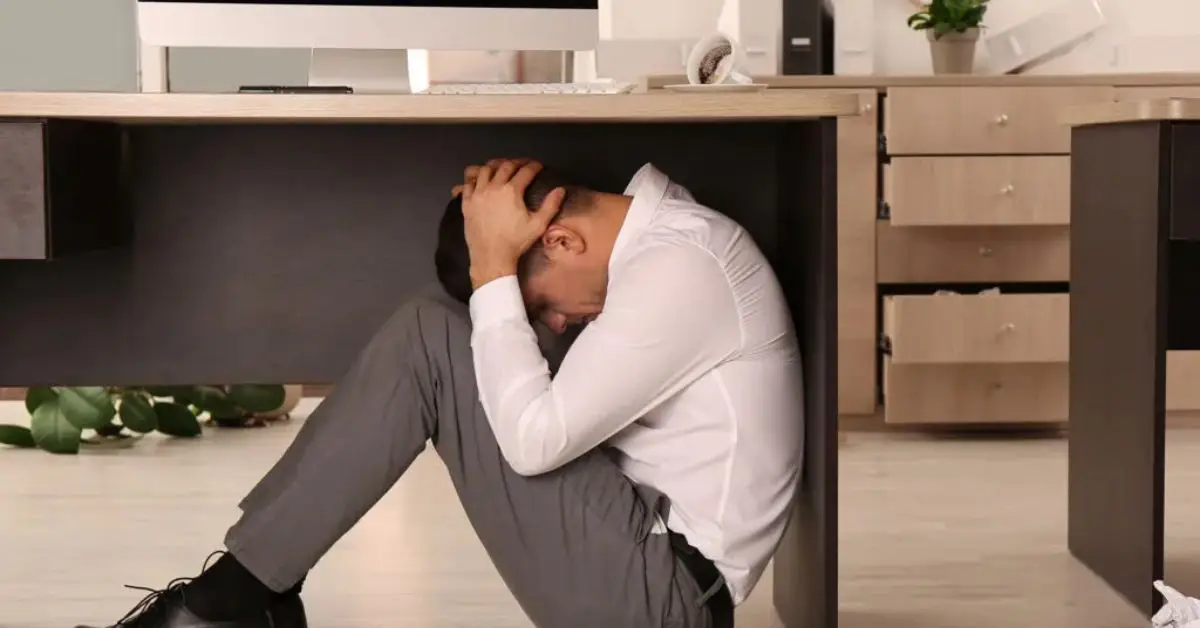
Here’s what to keep in mind:
- Expect aftershocks and stay alert
- Smell gas? Shut off your gas line immediately
- Cut electricity if there’s water damage or exposed wires
- Keep sturdy shoes by your bed to avoid stepping on broken glass
- Wait 60 seconds after a big quake before moving—objects could still fall
If you’re near a coastline or fault line, know your tsunami evacuation route ahead of time. Just like aftershocks, water-related damage can create hidden hazards in your home. If you notice leaks or water intrusion post-quake, don’t delay—take these steps immediately after basement flooding to prevent long-term damage.
You can find a practical breakdown of these steps in The Guardian’s earthquake safety guide.
The danger doesn’t end with the first quake. Knowing what to do next can prevent injury or even death.
10. Bonus: Technology & Alert Systems
Earthquakes might strike without warning—but today, we’re not entirely helpless. Modern technology is buying us back seconds that used to be impossible.
In places like Japan and California, early-warning systems like ShakeAlert detect seismic waves and trigger alerts on phones and public systems. That may only give you 5–10 seconds—but it’s often enough to duck, cover, and protect your head.
Some smartphones now have built-in quake detection features. Others rely on apps or government alert systems. Stay informed by keeping notifications active and knowing what each alert means.
Even a few seconds’ notice can make the difference between panic and action. Use every tool available to stay ahead.
Strengthen Your Safety, Step by Step
Let’s be honest: preparing your home for an earthquake isn’t glamorous. It’s not something most of us wake up excited to do. But when the ground shakes — and it will, especially if you’re in a high-risk zone — the work you’ve done ahead of time will be the only thing that matters.
Earthquake safety isn’t about paranoia. It’s about peace of mind. It’s about walking into your home knowing that your shelves won’t topple onto your kids… that your appliances are anchored… that you’ve already practiced how to move, where to hide, and who to call.
It’s about giving yourself the few seconds you need — not to panic — but to act.
And the good news? You don’t need to do it all in a day.
Start with one drawer, one bookshelf, one simple drill with your family.
Check one risk off your list every weekend. It adds up.
No one can predict the moment an earthquake will strike. But you can decide right now how ready you’ll be when it does.
So here’s the real question: What will you fix, secure, or plan today — so that when the ground shakes, you’re ready?
For more practical guides like this, visit Build Like New.
Disclaimer: The information provided in this article is for general educational purposes only and is not a substitute for professional engineering, construction, or emergency services advice. Earthquake preparedness and building safety recommendations may vary based on your location, home type, and local regulations. Always consult qualified professionals and refer to official sources such as FEMA, USGS, or your local disaster management authority before making structural changes or emergency plans.

